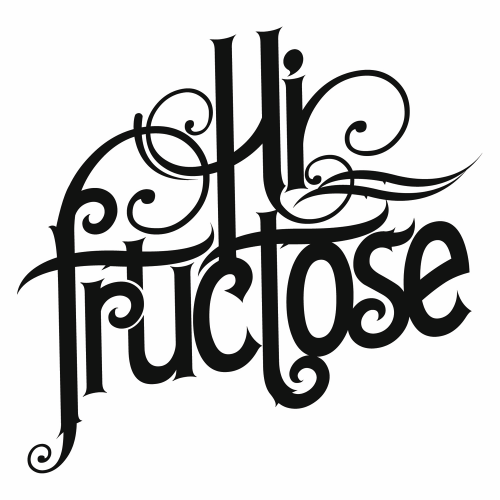

Nothing pleases me more than when someone laughs out loud whilst looking at one of my paintings. – Alan MacDonald
Alan, there’s a prevailing sense of humor found in your new work, not just in the elements , but in the titles. “The Future Doge” and “A King With No Bling”. Do you want to discuss that a bit? Do titles like these become a sort of secret joke between the viewer and/or the collector?
Alan: Nothing pleases me more than when someone laughs out loud whilst looking at one of my paintings. As comedians are aware, humour is a subversive thing, breaking down barriers and making others more receptive to your message or point of view. Years ago, a particularly tired, world-weary man came into my exhibition, with an, ‘impress me if you can’ expression on his face. He trudged from painting to painting, unimpressed… that is, until he came to a painting of a man covered in tattoos with a row of pins in his forehead, called ‘Masochist’. It caused him to burst out laughing! He then went back and looked again at all the paintings he had previously virtually ignored, now taking his time and responding to them all. It confirmed for me the importance of humour in art.
AI technologies have recently created otherworldly images (using artists’s work without opt in, permission or compensation), but creating unexpected surreal-like imagery. As painters who spend many hours to create one of a kind works with fantastical unexpected elements, we’re curious to hear your take on the use of this technology. We have heard and seen several artists feed their own paintings into MidJourney to ideate their preliminary concepts, then paint them as final paintings, often without transparency. What are your thoughts on this technology and should fine artists disclose when they use it as a tool (or crutch?)?
Alan: AI images do tend to initially look very impressive, but quickly become a bit samey and cold. My paintings are an exciting journey of discovery for me, so the idea of copying out a computer generated version onto the canvas would be arduous and dull in comparison. However, if it can be used to help produce what is otherwise impossible, I can see how that could be an exciting way to develop painting in the future. As to disclosing when artists use it… I suppose artists ought to, but I suspect few will!
Carolynda: I haven’t actually delved too much into this conversation, but it’s particularly topical with the recent conference here in the UK! As an artist’s tool, it strikes me that if the creative process is partially handed over to computer software it could easily become a crutch and could dull the artist’s own imagination. Disclosing its use, I guess would be up the artist and I’m not sure how important it is as long as the painting works.
See more of “When Two Worlds Collide,” an exhibition of recent works by husband and wife painters Carolynda Macdonald and Alan Macdonald at KP Projects by clicking their names.
 Print
Print




